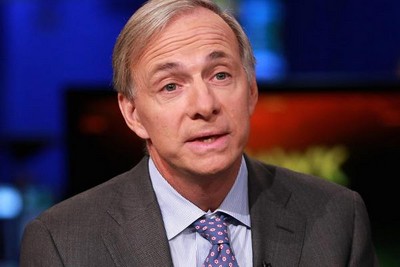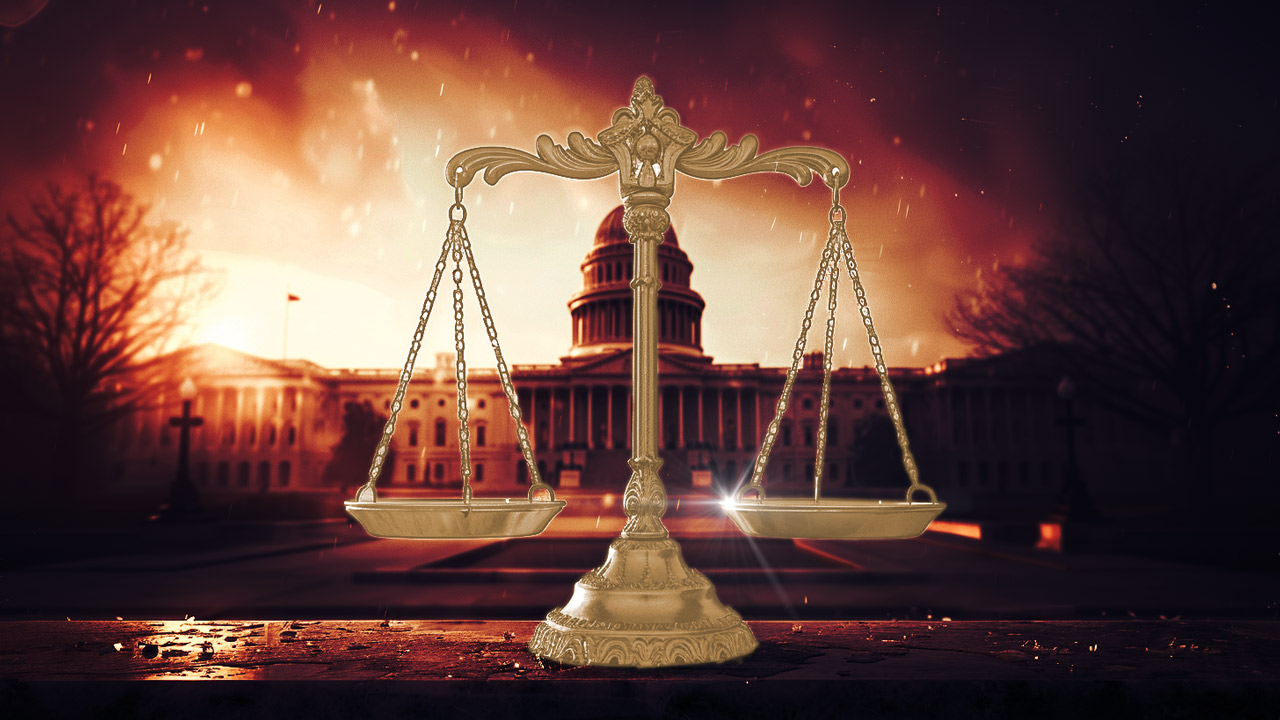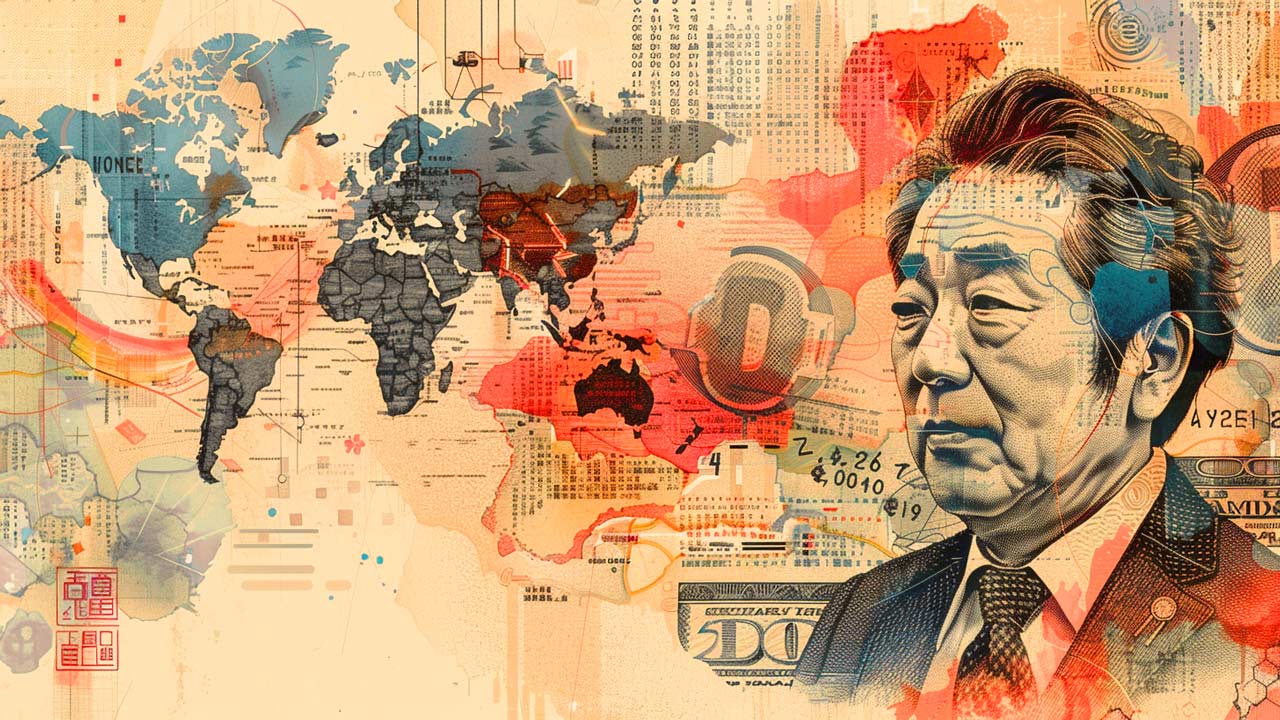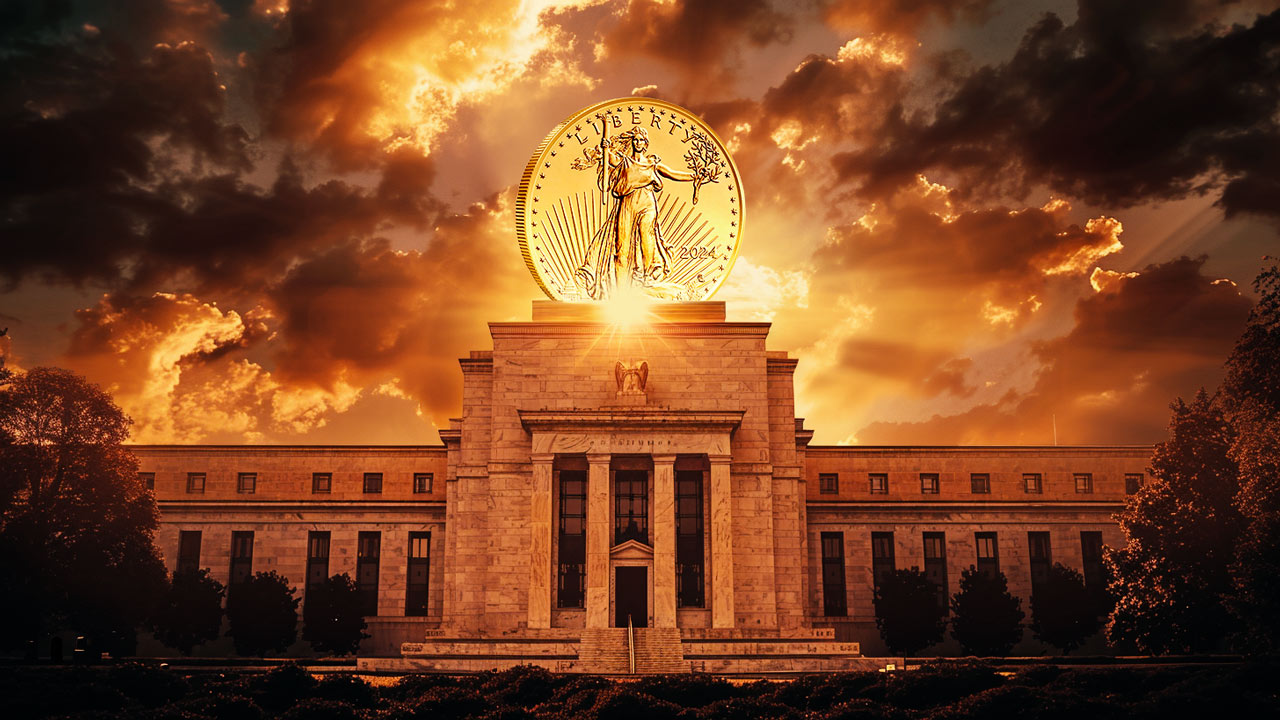Ray Dalio Follows Peter Schiff’s Lead: Watch for Minor Rate Hike, then QE4
In mid-July, Scott Nations of CNBC as much as laughed in Peter Schiff’s face when Peter predicted the Federal Reserve may raise interest rates a very small amount before launching a fourth round of quantitative easing in 2016. Nations said:
It seems that you’re a little bifurcated here. You say that you think the Fed may raise rates a little bit by the end of the year, but that they’re also going to implement QE4. Which is it? Because those are absolutely binary. Those are completely polar opposites… How in the world do they raise rates and institute QE4?”
Peter clarified: “No, no, no, they would reverse that. Let’s say they raise rates to 25 basis points. Then by 2016, they lower them back to zero and do QE4.”
Jackie DeAngelis jumped in, reproaching Peter with the stern voice of a mother chiding a foolish child: “They cannot raise rates, then lower them back to zero, Peter.” (Watch the full interview for yourself here.)
Do you think CNBC would have reacted the same if Peter’s forecast came from one of the largest hedge funds in the world? Because now it has.

Ray Dalio, founder of Bridgewater Associates, is now saying exactly what Peter Schiff predicted more than a month ago. Dalio wrote this week:
To be clear, we are not saying that we don’t believe that there will be a tightening before there is an easing. We are saying that we believe that there will be a big easing before a big tightening. We don’t consider a 25-50 basis point tightening to be a big tightening. Rather, it would be tied with the smallest tightening ever… The average tightening over the last century has been 4.4%, and the smallest was in 1936, 0.5% – when the US was last going through a deleveraging phase of the long term debt cycle. The smallest tightening since WWII was 2.8% (from 1954 to 1957).
To be clear, while we might see a tiny tightening akin to what was experienced in 1936, we doubt that we will see anything much larger before we see a major easing via QE.”
Dalio is one of the few joining Peter Schiff in his prediction of more QE. Maybe that’s why the financial media is now taking the idea more seriously, as we wrote earlier this week. However, Dalio is just one of many big names that are now convinced the Fed is not going to raise interest rates in September, once again following in the footsteps of Peter.
Larry Summers, former Treasury secretary and Obama economic advisor, argued that there is no reason “for the Fed to adjust policy interest rates.” In an op-ed in the Washington Post this week, Summers doesn’t even predict a rate hike in early 2016. Instead, he seems to suggest that zero-percent interest rates might be a “new reality.” Summers wrote:
In the face of these considerations, why do so many inside and outside the Fed believe that a rate increase is necessary? I doubt that if rates were now 4 percent there would be any great pressure to increase them given current economic conditions. The pressure to increase them comes from a sense that the economy has normalized during the 6 years of recovery and so the extraordinary stimulus represented by 0 percent interest rates should be withdrawn. This has been a consistent theme for the Fed, with much talk of “headwinds” that require low interest rates now but will abate in the not too distant future, allowing for normal growth and normal interest rates…
Headwinds are not temporary but rather the new reality.”
Of course, Summers has a fundamentally different view of economic health than Peter Schiff, believing the Fed needs to maintain a higher rate of inflation. Be that as it may, he is now just one of many prominent economists making full U-turns on their rate-hike predictions.
Barclays, Nomura, World First, Morgan Stanley – they all have analysts who have pushed back their Fed rate hike expectations to December or even March 2016. Business Insider printed Barclays’ latest position:
We move our call for the first rate hike from September 2015 to March 2016. Given the uncertainty around the current global outlook, the timing of the rate hike seems more uncertain than usual. Should this episode of financial market volatility prove transitory, the FOMC could raise rates in December. On the other hand, if the volatility proves durable or reveals greater than expected weakness in global activity, the FOMC may push the first rate hike beyond March.
This wishy-washiness comes as no surprise to Peter, who has been noting this trend for most of the year. This week he told Newsmax TV:
[When] the year began, we were divided between two camps: those that thought the Fed would move in March and those that thought they would wait until June. They were both wrong. I was the only one that was saying the Fed won’t move at all in 2015, because they can’t do it at all without pricking their own bubble…”
Whatever side you favor in trying to forecast the Federal Reserve’s future policy moves, there is no denying that major market players are simply playing it by ear. When there is this much volatility and uncertainty in the market, investors would be wise to lay aside some savings into a safe haven like gold and silver. If the last week of volatility hasn’t convinced you that now might be the time to buy gold, maybe our free special report, Why Buy Gold Now?, will change your mind.
Get Peter Schiff’s latest gold market analysis – click here – for a free subscription to his exclusive weekly email updates.
Interested in learning more about physical gold and silver?
Call 1-888-GOLD-160 and speak with a Precious Metals Specialist today!



 With the AI boom and green energy push fueling fresh copper demand, and with copper mines aging and not enough projects to match demand with supply, the forecasted copper shortage has finally arrived in earnest. Coupled with persistently high inflation in the US, EU, and elsewhere, I predict the industrial metal will surpass its 2022 top to reach a […]
With the AI boom and green energy push fueling fresh copper demand, and with copper mines aging and not enough projects to match demand with supply, the forecasted copper shortage has finally arrived in earnest. Coupled with persistently high inflation in the US, EU, and elsewhere, I predict the industrial metal will surpass its 2022 top to reach a […] America’s trust in its institutions has rapidly eroded over the past 20 years. We have a lower level of trust in our judicial system and elections than most European countries. Some of this is natural, as Americans are uniquely individualistic, but much of it arises from repeated government failures.
America’s trust in its institutions has rapidly eroded over the past 20 years. We have a lower level of trust in our judicial system and elections than most European countries. Some of this is natural, as Americans are uniquely individualistic, but much of it arises from repeated government failures. Decades of negative interest rate policy in Japan have ended. That could mean the end of the $20 trillion “yen carry trade,” once one of the most popular trades on foreign exchange markets, and a chain reaction in the global economy. The yen carry trade is when investors borrow yen to buy assets denominated in […]
Decades of negative interest rate policy in Japan have ended. That could mean the end of the $20 trillion “yen carry trade,” once one of the most popular trades on foreign exchange markets, and a chain reaction in the global economy. The yen carry trade is when investors borrow yen to buy assets denominated in […] Since Nayib Bukele became president of El Salvador, El Salvador has been in American media and global political discussion more than ever. While much of the attention focuses on Bukele’s mass incarceration of gang members and a decline in homicide of over 70%, Bukele has also drawn attention to his favoritism towards Bitcoin and how he […]
Since Nayib Bukele became president of El Salvador, El Salvador has been in American media and global political discussion more than ever. While much of the attention focuses on Bukele’s mass incarceration of gang members and a decline in homicide of over 70%, Bukele has also drawn attention to his favoritism towards Bitcoin and how he […] With a hot CPI report casting a shadow of doubt on the likelihood of a June interest rate cut, all eyes are on the Fed. But they’ve caught themselves in a “damned if they do, damned if they don’t” moment for the economy — and the news for gold is good regardless.
With a hot CPI report casting a shadow of doubt on the likelihood of a June interest rate cut, all eyes are on the Fed. But they’ve caught themselves in a “damned if they do, damned if they don’t” moment for the economy — and the news for gold is good regardless. 
Leave a Reply